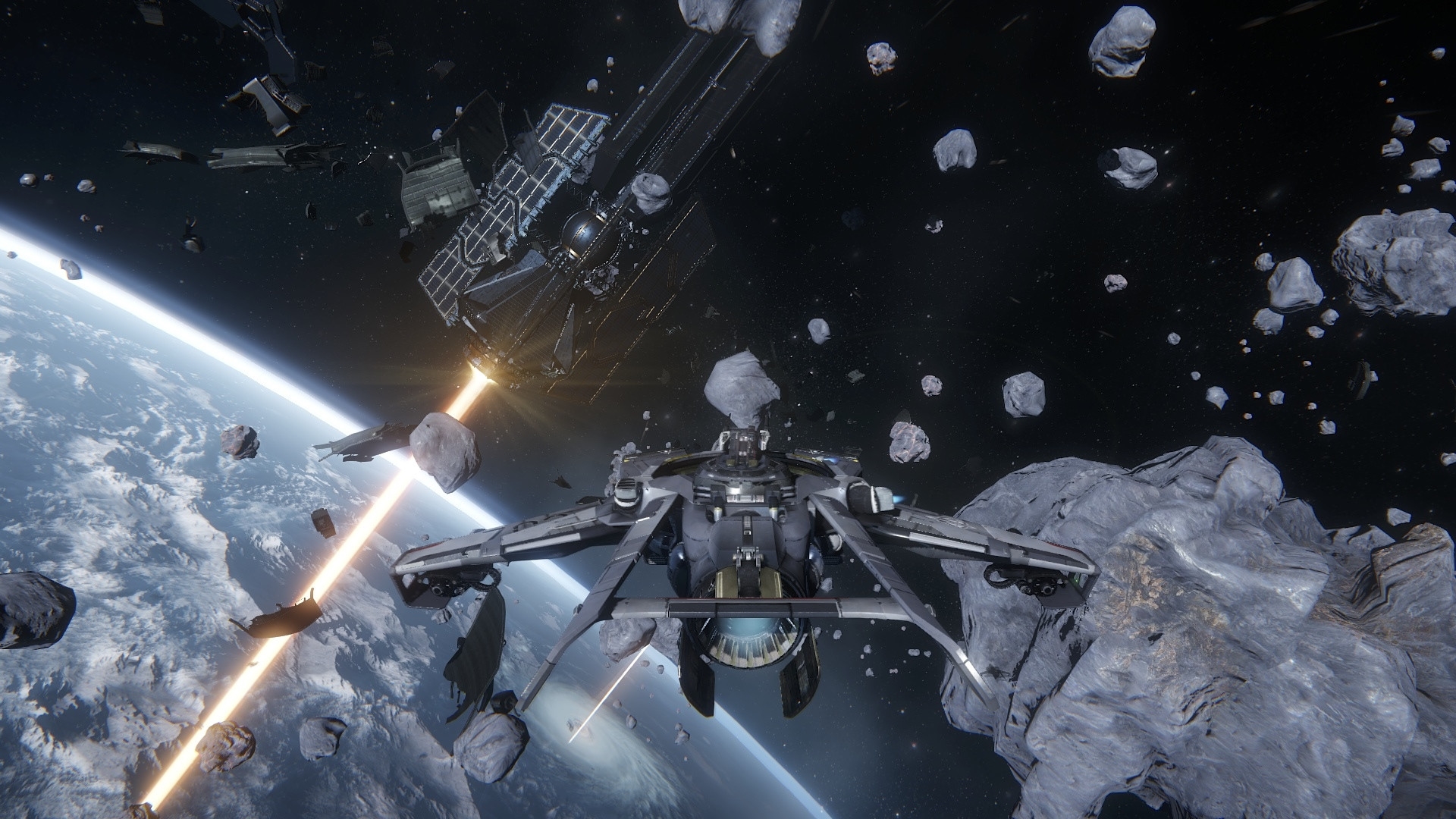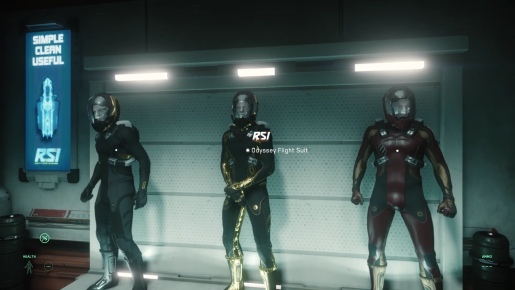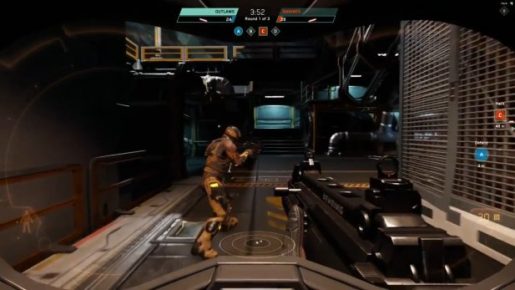Recently Just Push Start was fortunate enough to sit down with two of the Star Citizen team. We managed to get a load of questions answered including about an update about the female rig, ships that the CIG LA studio is currently working on and even some details about aliens in the universe. Star Citizen 3.0 was also a hot topic and while the overall patch could not be discussed Item 2.0 was talked about by Sean Tracy in detail! Click here to listen/watch to the interview and without further ado here’s the transcript of the interview.
Oliver East – Just Push Start (OE): Welcome guys to an exclusive interview with Eric Davis and Sean Tracy, let’s kick things off with some introductions.
Eric Kieron Davis (EKD): Hi I’m Eric Kieron Davis, the senior producer here in the Los Angeles studio. I work alongside Sean, as well as all the disciplines here in the team and the global unit of studios as well.
Sean Tracy (ST): Hi there I’m Sean Tracy the technical director of content specifically, there’s a couple of different tech directors within our company and I’m a global director which means I’m interacting and running multiple teams in the various studios.
OE: The team has spoken before about the clothing makers having backstories similar to the depth of the ship manufacturers. How will this depth be added into the verse and can you give us an updated rundown of some of the manufacturers?
ST: For full disclosure, I don’t actually even design any of the manufacturers in the end these are just a property, a setting or variable on the different clothing items. We already have, I think, something like 40 – 50 different manufacturers for the clothing and I mean it centers around a couple different styles of clothing, so we have things like Terra fashions casual vs Earth white collar or we’ve got combat wear vs earth couture culture.
So, these are sort of the styles that they represent and then there are actual manufactures within there. Some examples that are actually in right now, Virgil for example is an armor manufacture then we have Clark Defense System. We talk about these marine armors all the time or sometimes we even say CDS, they are the equivalent of a weapons manufacturer that provides the military with things but then on the clothing we have ones like Vapor Wear, they produce things like work out wear like yoga pants and things.
EKD: The fun thing about all these manufactures is the art, as we went through this process to evaluate things to get ready for, not just upcoming large amounts of clothes but even in recent releases it was really exciting to watch art and design narrative work together to go what does our universe look like and then look at each solar system how were they inspired over generations. We look at our clothes now you can map it back to some of the original clothes put on people’s skin, it’s the same thing the lore team has been doing on this universe from day one, it’s an incredible timeline and back story and just a rich and full universe and it will be represented simply as manufactures of these clothes.
ST: One last one that players definitely know already is City Lights. It is a low-end manufacture, the same way you would have an old navy or something to that effect and then the style is defined as very clean lines and they keep costs down by keeping construction simple. There is always going to be some backstory to these manufactures. To go even further to just make mention the economy and what Tony and I have talked about quite a bit, is how these manufactures operate in terms of not just the law but in the mechanics of the PU itself.
For example, the way our shops work there’s actually a global factory or inventory for a certain manufacture of shops, so if City Lights has been selling a lot of blue T-shirts eventually they are either going to have to manufacture more which will create a request for the materials that are required for this and they will then have to be delivered and then that’ll also be connected to their inventory, how much of this material do they have, then they can make more of these shirts and this will propagate down through them. It’s not just filling them in terms of backstory it’s also about making them relevant to the experience. You know what I mean?
OE: Yeah it sounds like a full in-depth system.
ST: Yeah definitely, it was interesting cause we talked about stocking and inventory and like honestly it’s funny because we get a programmer writing something as if he was working at Macy’s, like it’s a real system.



